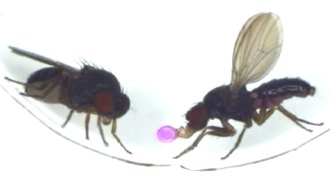The year in genomes
By decoding genetic instruction manuals, scientists got a deep look at a wide array of organisms

From the boldly colored orchid to the towering loblolly pine, scientists this year cracked open a variety of genetic instruction manuals to learn about some of Earth’s most diverse inhabitants.
apiguide/Shutterstock






